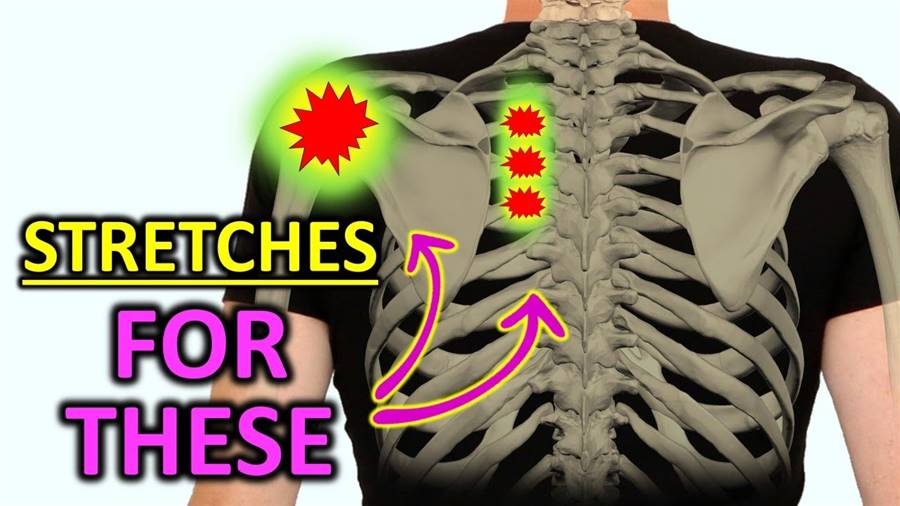

Rhomboid pain and shoulder pain can be caused by a variety of factors, including tight muscles. When muscles in the rhomboid area or the shoulder become tight, they can pull on other structures in the body, leading to pain and discomfort. The rhomboid muscles are located in the upper back, between the shoulder blades. They are responsible for pulling the shoulder blades towards the spine and keeping them stable. When these muscles become tight, they can limit the range of motion in the shoulder, causing pain and discomfort. The tight muscles can also lead to poor posture, as they pull the shoulder blades forward, rounding the shoulders.
This can further exacerbate the pain and discomfort in the shoulders and upper back. Similarly, tight muscles in the shoulders can also contribute to shoulder pain. The shoulder joint is a complex structure that relies on a balanced interplay of muscles and tendons to function smoothly. When the muscles around the shoulder joint become tight, they can cause imbalances and restrictions in the joint, leading to pain and limited range of motion. Common causes of tight muscles in the rhomboid and shoulder areas include poor posture, overuse, muscle tension or stress, and muscular imbalances. Activities such as long hours of sitting, working at a desk, carrying heavy loads, repetitive movements, and participating in sports can all contribute to muscle tightness in these areas.
Treating tight muscles in the rhomboid and shoulder areas involves addressing the underlying cause and releasing the tension in the muscles. This can be done through a combination of stretching exercises, strengthening exercises, massage therapy, and other therapeutic techniques. Stretching exercises can help increase flexibility and range of motion, while strengthening exercises can help correct muscular imbalances and improve overall muscle function. Massage therapy can help relax tight muscles and increase blood flow to the affected areas, promoting healing and pain relief. In addition to addressing the tight muscles, it is also important to address any postural issues that may be contributing to the pain.
This involves practicing good posture habits, such as sitting up straight, using ergonomic equipment, and taking frequent breaks from prolonged sitting or repetitive activities. If the pain persists or worsens despite conservative measures, it is recommended to consult a healthcare professional for further evaluation and treatment.
They can assess the underlying cause of the pain and recommend appropriate interventions, such as physical therapy, medication, or other treatments as necessary. In summary, tight muscles in the rhomboid and shoulder areas can contribute to pain and discomfort in these regions.
Addressing the underlying cause of the tightness and releasing tension in the muscles through a combination of stretching, strengthening, and therapeutic techniques can help alleviate the pain and improve the overall function of the affected areas. It is important to seek professional advice if the pain persists or worsens.
